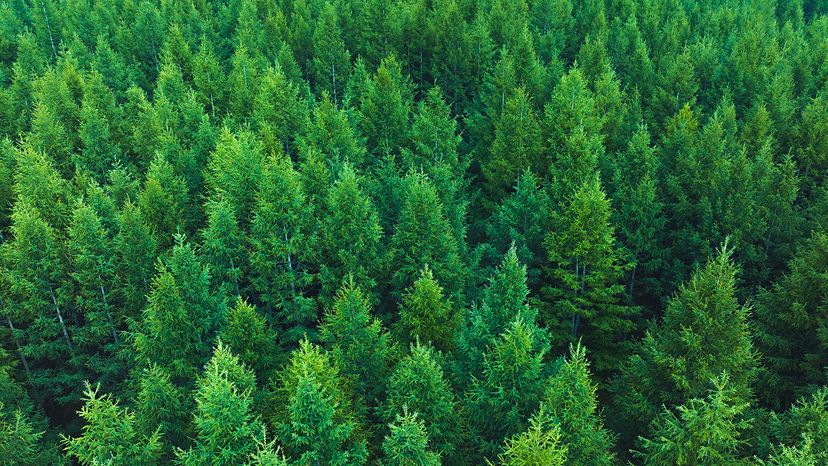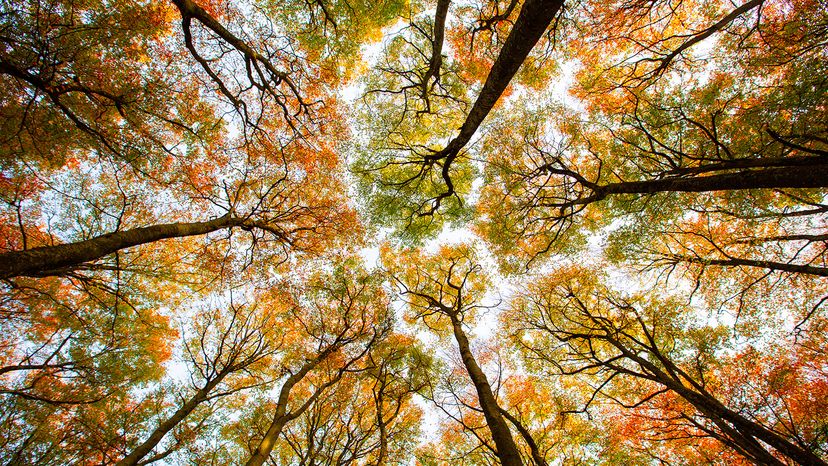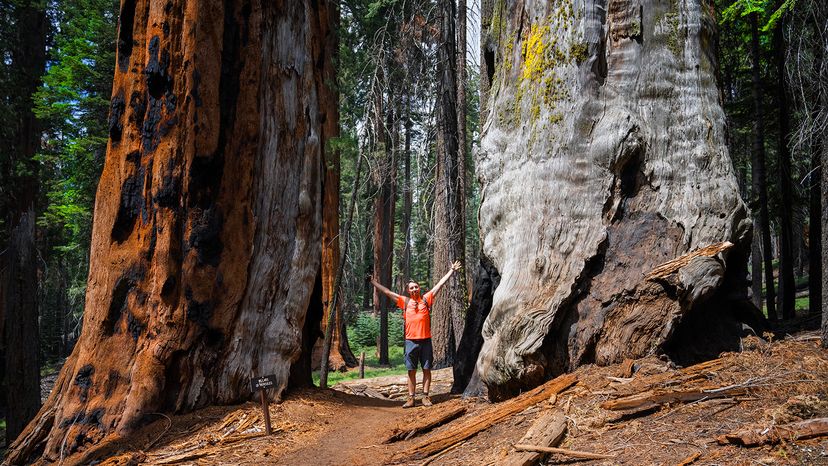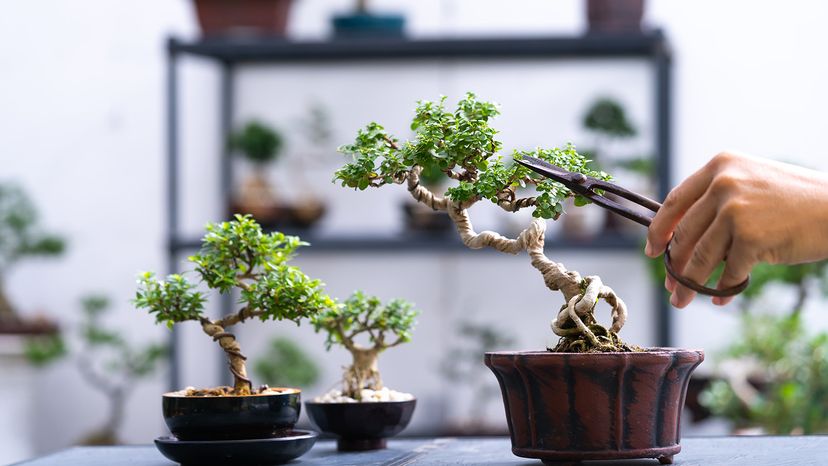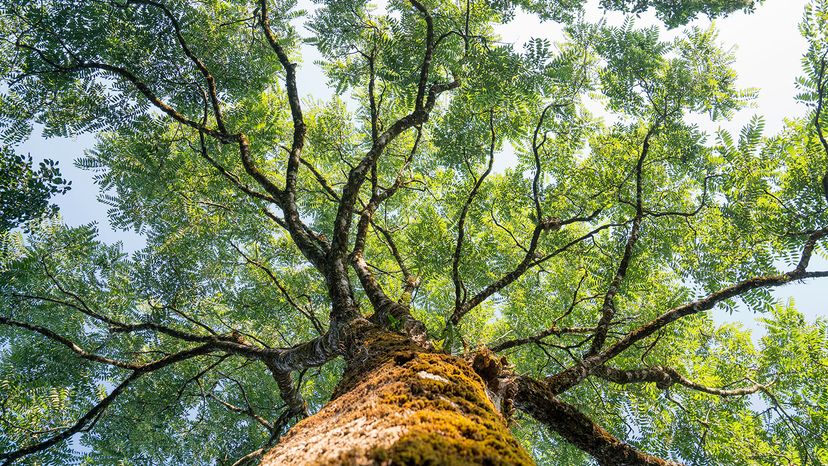
Trees are one of nature’s most incredible designs, providing oxygen, shelter and even maple syrup! From towering evergreens to small flowering plants, the diversity of trees is truly mind-blowing.
But did you know that some trees are designed to survive in drought conditions, while others rely on wind-dispersed seeds to spread across vast landscapes?
Advertisement
Most types of trees fall into two major categories: deciduous trees, which lose their leaves in the fall, and evergreen trees, which stay green year-round. Whether it’s the common tree species of North America or the critically endangered giants of the world, trees provide essential benefits for both ecosystems and humans alike.
